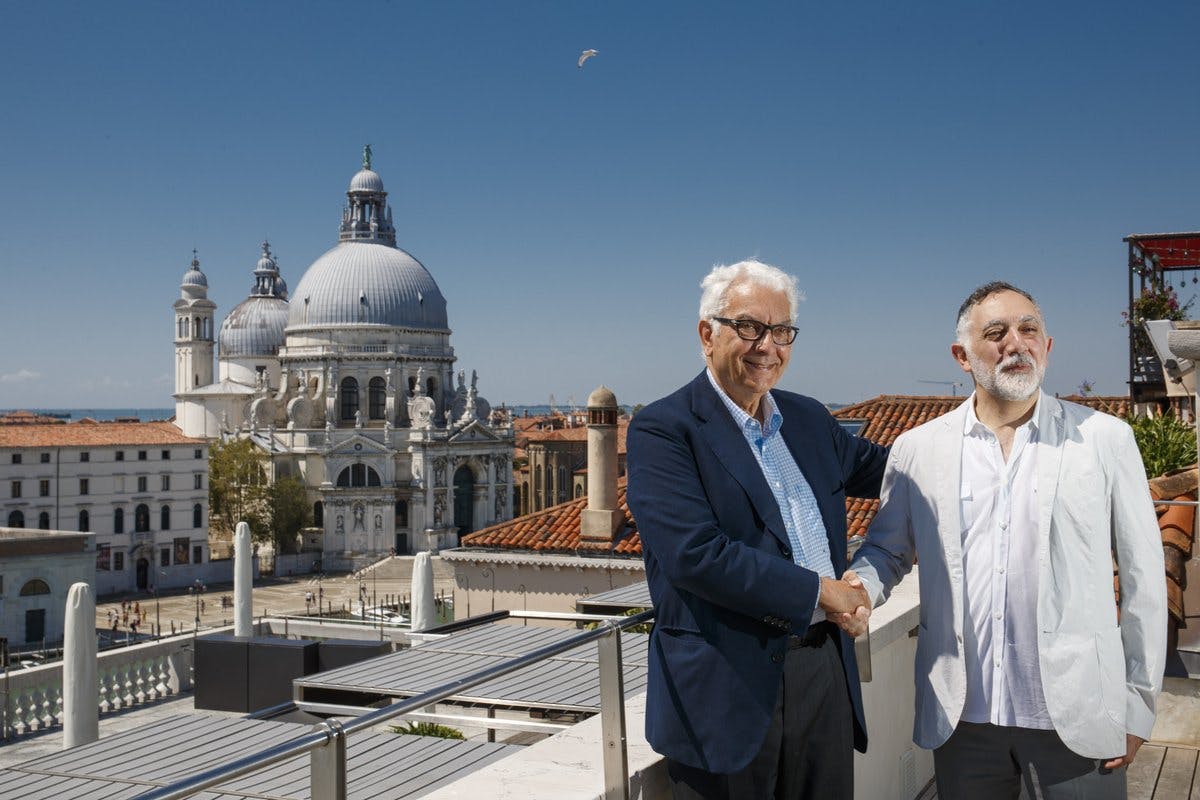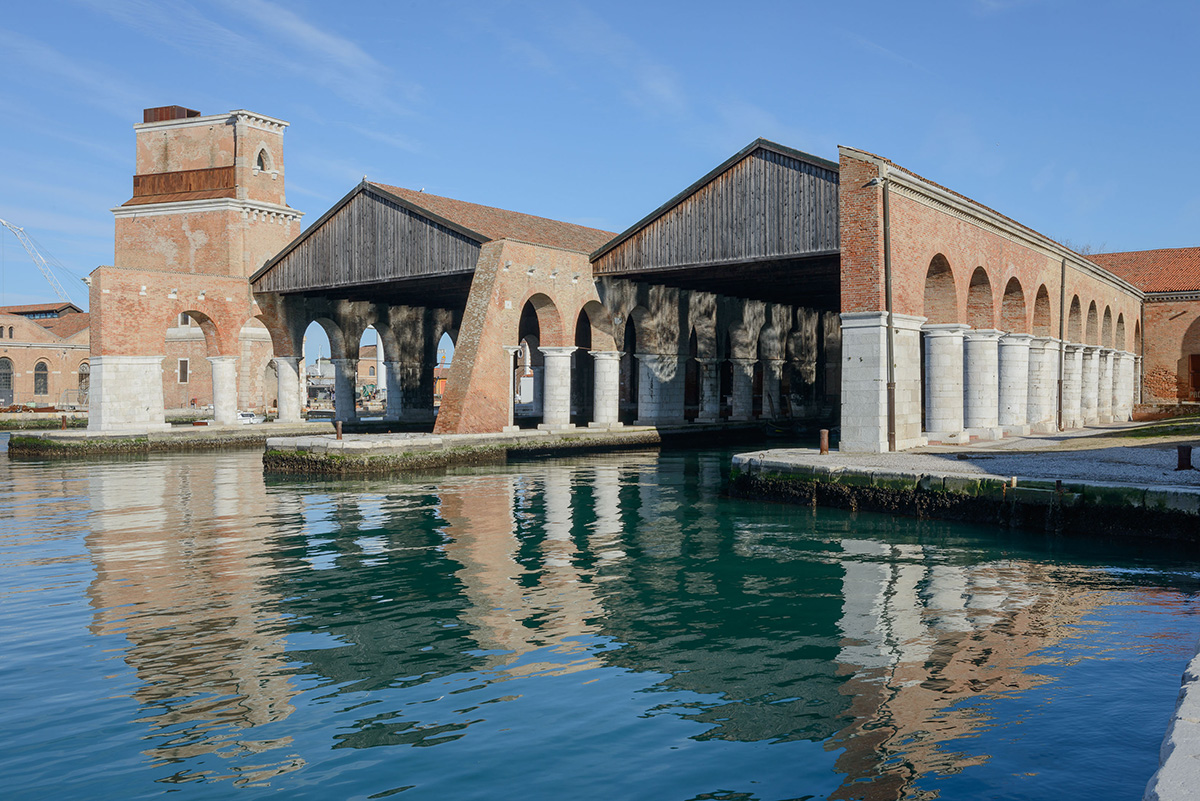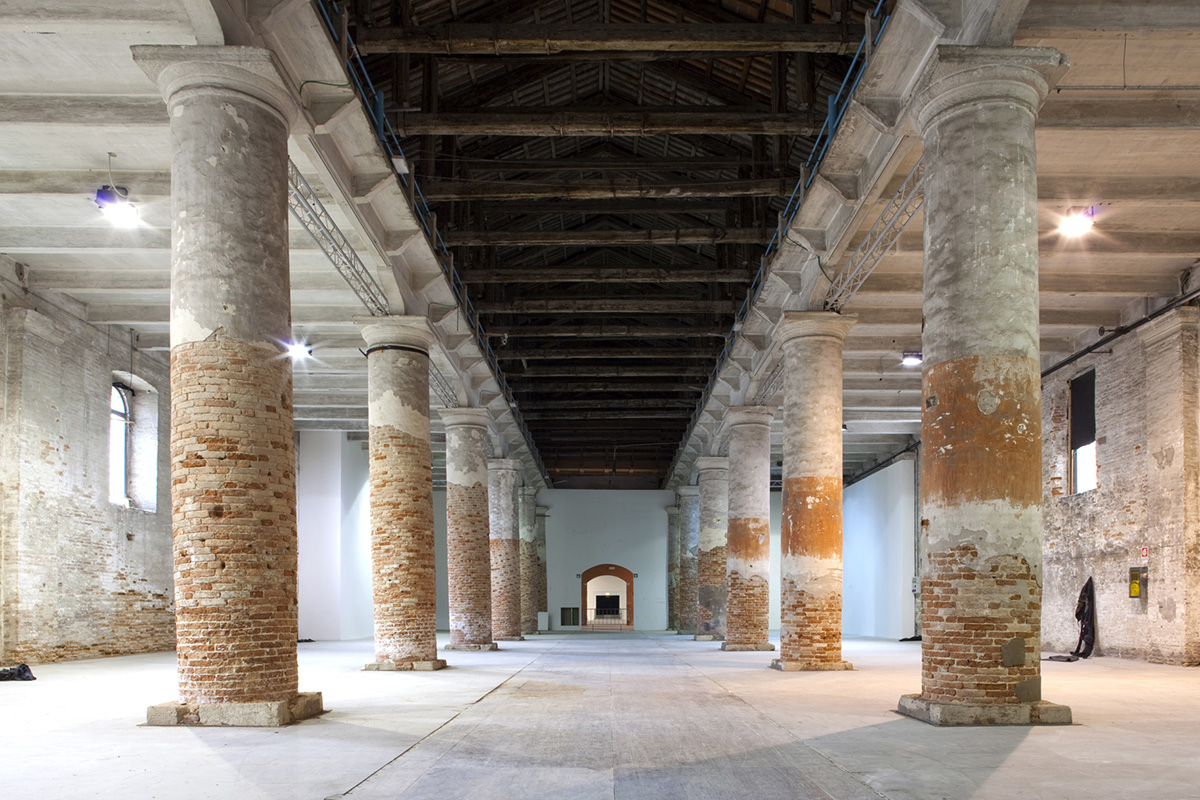Submitted by WA Contents
The Venice Architecture Biennale 2020 will address new kinds of problems, says Hashim Sarkis
Italy Architecture News - Feb 27, 2020 - 14:07 10476 views

The Venice Architecture Biennale 2020 will address new kinds of problems that the world is putting in front of architecture, said curator of Venice Architecture Biennale Hashim Sarkis regarding his theme "How Will We Live Together?".
"The Venice Architecture Biennale 2020 is motivated by new kinds of problems that the world is putting in front of architecture, but it is also inspired by the emerging activism of young architects and the radical revisions being proposed by the profession of architecture to take on these challenges," added Sarkis in a live streaming press conference from the Massachusetts Institute of Technology (MIT) today.
Hashim Sarkis and President Paolo Baratta have presented the 17th International Architecture Exhibition, entitled "How Will We Live Together?" in live streaming press conference from Venice and Cambridge. While Paolo Baratta sending his welcoming speech from Venice, Hashim Sarkis has presented his theme from the MIT with a live streaming video.
The 2020 Venice Architecture Biennale will open to the public from Saturday 23rd May to Sunday 29th November 2020, at the Giardini and the Arsenale for the 17th International Architecture Exhibition.

Paolo Baratta, president of Venice Biennale, and Hashim Sarkis. Image courtesy of Venice Biennale
“The question, “How will we live together?” is as much a social and political question as a spatial one"
In his statement, Sarkis said: "We need a new spatial contract – said Hashim Sarkis. In the context of widening political divides and growing economic inequalities, we call on architects to imagine spaces in which we can generously live together."
"The architects invited to participate in the Biennale Architettura 2020 are encouraged to include other professions and constituencies—artists, builders, and craftspeople, but also politicians, journalists, social scientists, and everyday citizens. In effect, the Biennale Architettura 2020 asserts the vital role of the architect as both cordial convener and custodian of the spatial contract."
"In parallel, the 17th Exhibition also maintains that it is in its material, spatial, and cultural specificity that architecture inspires the ways we live together. In that respect, we ask the participants to highlight those aspects of the main theme that are uniquely architectural."
"The question, “How will we live together?" is as much a social and political question as a spatial one. Aristotle asked it when he was defining politics, and he came back to propose the model of the city. Every generation asks it and answers it differently," Sarkis added.
"More recently rapidly changing social norms, growing political polarization, climate change, and vast global inequalities are making us ask this question more urgently and at different scales than before. In parallel, the weakness of the political models being proposed today compels us to put space first and, perhaps like Aristotle, look at the way architecture shapes inhabitation for potential models for how we could live together."

Arsenale. Image © Andrea Avezzù, courtesy of Venice Biennale
"The Biennale Architettura 2020 is also motivated by the emerging activism of young architects and the radical revisions"
"The Biennale Architettura 2020 is motivated by new kinds of problems that the world is putting in front of architecture, but it is also inspired by the emerging activism of young architects and the radical revisions being proposed by the profession of architecture to take on these challenges," Sarkis continued.
"But more than ever, architects are called upon to propose alternatives. As citizens, we mobilize our synthetic skills to bring people together to resolve complex problems. As artists, we defy the inaction that comes from uncertainty to ask “What if?”."
"And as builders, we draw from our bottomless well of optimism. The confluence of roles in these nebulous times can only make our agency stronger and, we hope, our architecture more beautiful."

Arsenale. Image © Giulio Squillacciotti, courtesy of Venice Biennale
"We live in a time characterized by a potential feeling of no longer being assured of an increasingly widespread progress but, instead, of being victims of the changes it entails. This is a time in which many could take advantage of the ensuing fears, worries, and changes to promote ultra-defensive campaigns," said President Paolo Baratta.
"We find it useful if a Biennale can remind everyone that the identity of a society or a community lies in the quality of the projects it formulates for its future, to correct distortions and valorize resources. And, as can be seen by the many phenomena that are impacting the world just now, these projects can only arise from extensive awareness and widespread collaboration."
"And we, once again – Paolo Baratta concludes – wonder about the goals of an Exhibition like the Biennale. Whom does it address? We have often said that the Exhibition strives to be an instrument of knowledge and dialogue for insiders of the world of architecture. But an exhibition is also a “call” to the public," added Baratta.
"A call to become visitors, to become attentive visitors, to become direct witnesses, eye witnesses. An exhibition asks its visitors to be willing to broaden their gaze; it asks its curator to become both scientist and dramaturg. It's not enough to propagate knowledge; we must contribute to fostering awareness; it's not enough to reveal problems, we must nourish a desire for Architecture through examples of proposals, projects, and achievements," he continued.

Arsenale. Image © Jacopo Salvi, courtesy of La Biennale di Venezia
In a press conference, the organization also announced the details about the exhibition. The Exhibition will be articulated between the Central Pavilion at the Giardini, the Arsenale, and Forte Marghera, including 114 participants in competition coming from 46 countries with increased representation from Africa, Latin America, and Asia.
In addition to the invited participants, the Biennale Architettura 2020 also includes Stations+Cohabitats, researchers out of competition on the themes of the Exhibition and developed by universities around the world.
Organised in five scales between the Arsenale and the Central Pavilion at the Giardini, the Exhibition also presents large installations connected to one of the five scales, which will be placed in the external spaces of the Arsenale and the Giardini.
There are 63 National Participations in the historic Pavilions at the Giardini, at the Arsenale and in the historic city centre of Venice. Three are participating for the first time at the Biennale Architettura: Grenada, Iraq and Uzbekistan.
Top image: Hashim Sarkis, image © Bryce Vickmark
